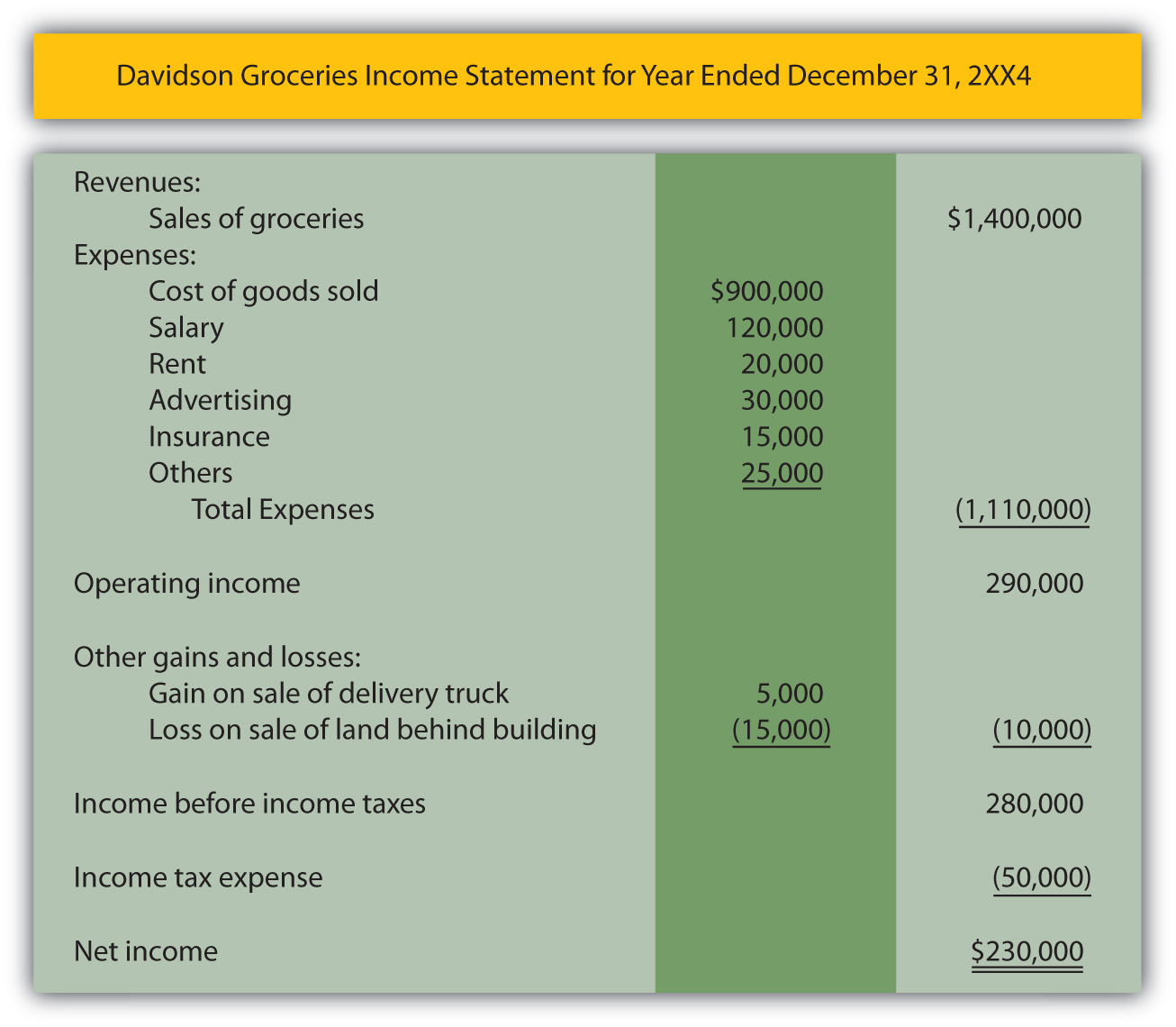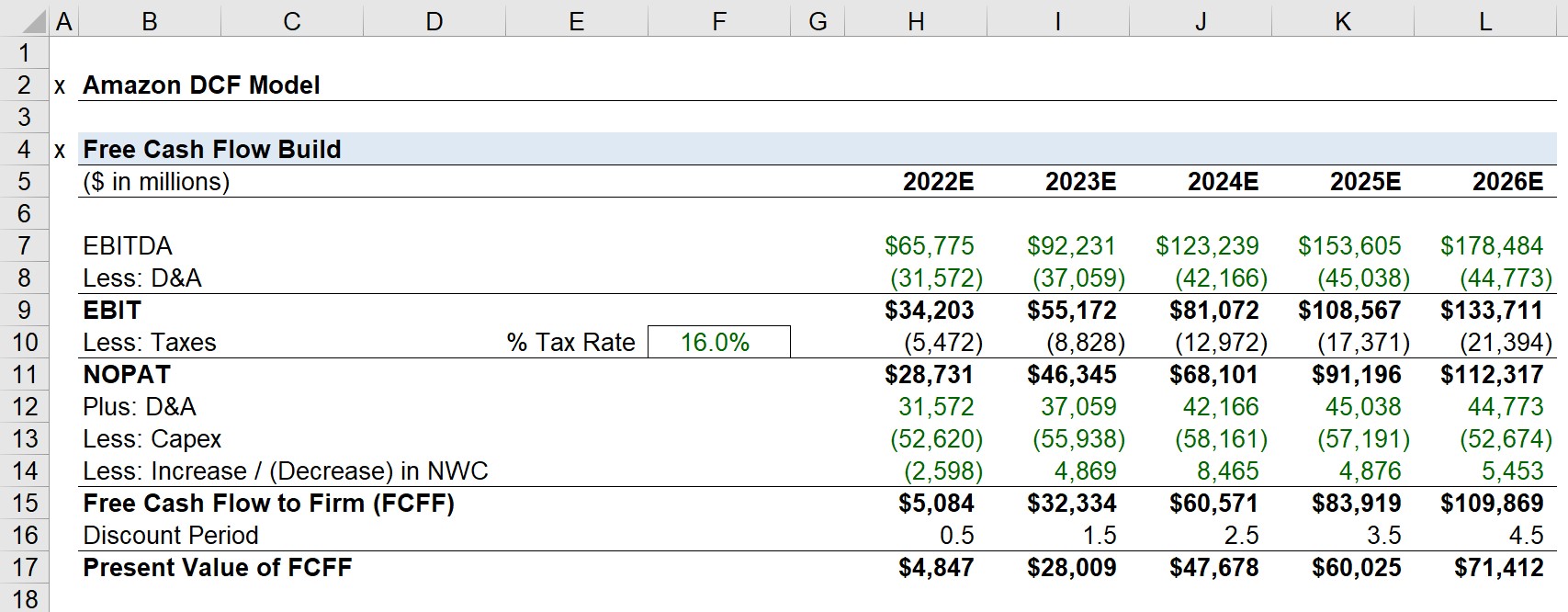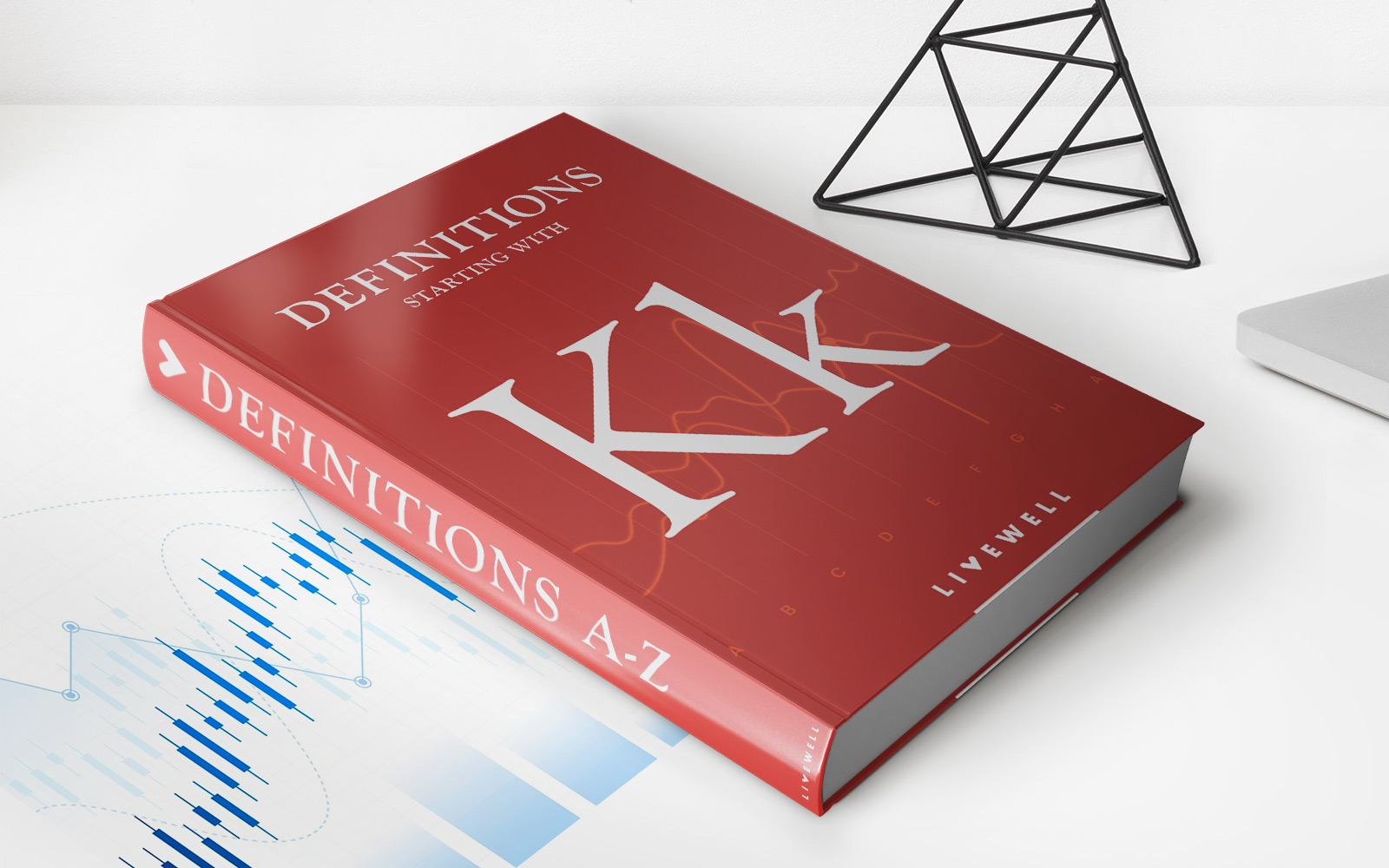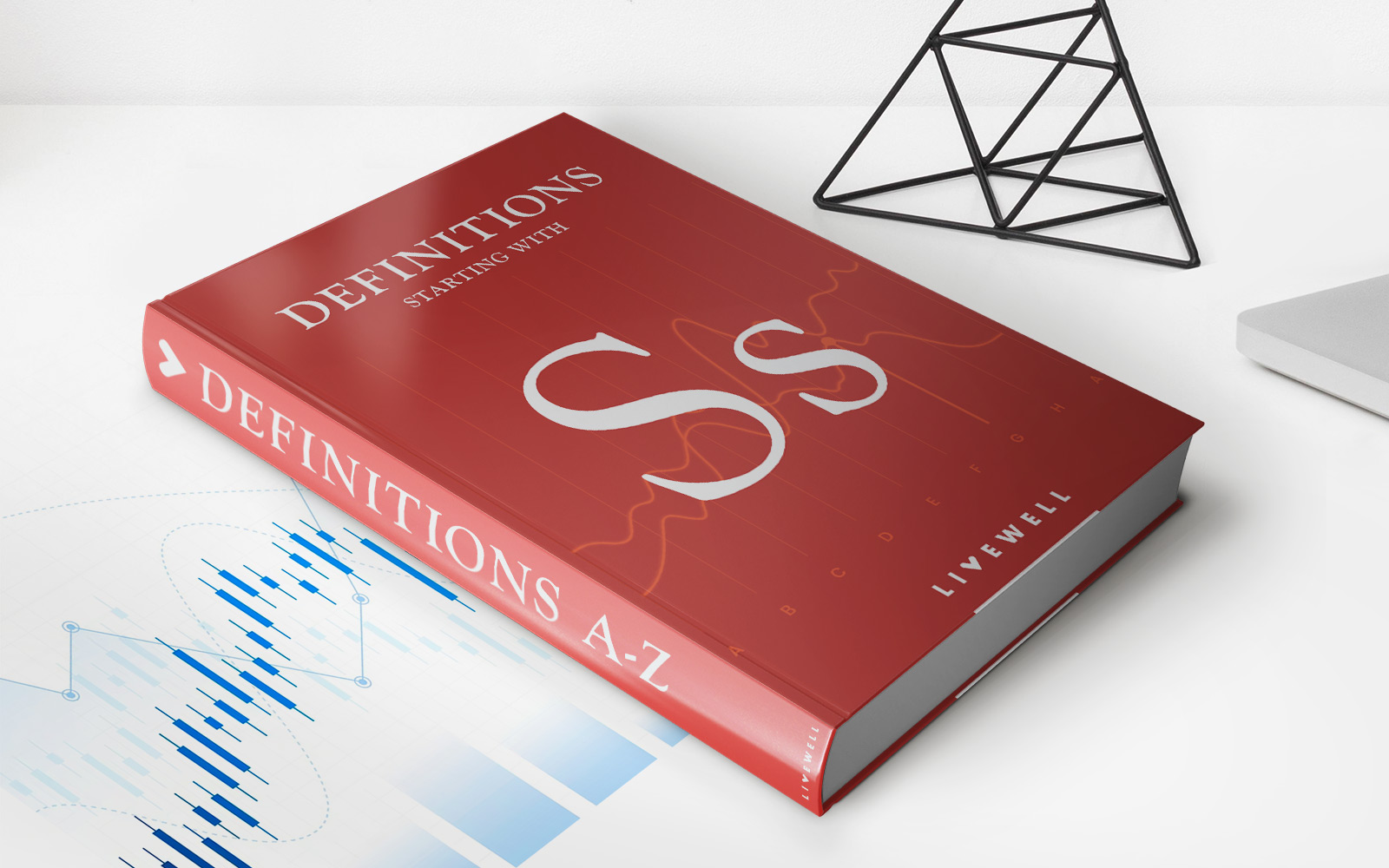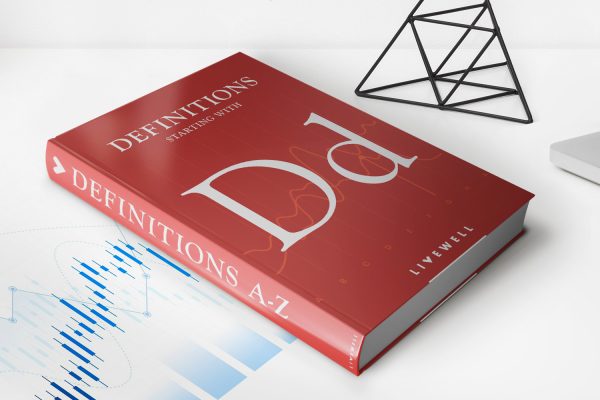Home>Finance>Where Are Senior Unsecured Bonds On The Capital Structure?


Finance
Where Are Senior Unsecured Bonds On The Capital Structure?
Modified: December 30, 2023
Get insights into the capital structure of senior unsecured bonds in the finance industry. Understand their positioning and importance for investors.
(Many of the links in this article redirect to a specific reviewed product. Your purchase of these products through affiliate links helps to generate commission for LiveWell, at no extra cost. Learn more)
Table of Contents
Introduction
In the ever-evolving world of finance, understanding the intricacies of capital structure is essential. Companies employ various funding mechanisms to finance their operations, and one crucial component of this structure is senior unsecured bonds. These bonds are a popular choice among investors seeking fixed-income securities, and their placement within the capital structure can significantly impact their risk and return potential.
Senior unsecured bonds are debt instruments issued by corporations to raise capital. Unlike secured bonds, which are backed by specific collateral, senior unsecured bonds rely solely on the issuer’s creditworthiness. This makes them a significant component of the capital structure and reflects the company’s ability to meet its financial obligations.
In this article, we will delve into the position of senior unsecured bonds in the capital structure. We will explore the ranking and hierarchy of these bonds, the risks associated with investing in them, and the factors that can affect their value. By understanding the intricacies of senior unsecured bonds and their place in the capital structure, investors can make more informed decisions regarding their financial portfolios.
Understanding the Capital Structure
The capital structure of a company refers to how it finances its operations and investments through a combination of equity and debt. It represents the mix of different funding sources and the hierarchy of claims on the company’s assets and earnings.
Typically, the capital structure includes a variety of components, such as common stock, preferred stock, bonds, loans, and other forms of debt. Each component has its own characteristics in terms of risk, return, and priority of payment in case of bankruptcy or liquidation.
The primary goal of a company’s capital structure is to strike a balance between risk and return. By utilizing different funding sources, companies can optimize their cost of capital and maximize shareholder value.
The capital structure hierarchy is often depicted as a pyramid, with equity at the top and debt at the bottom. Equity represents ownership in the company and provides the highest level of risk and potential return. Debt, on the other hand, represents borrowed funds and is categorized into different levels of seniority.
Senior unsecured bonds are a critical component of the debt portion of the capital structure. These bonds are issued to investors and are characterized by their position in the hierarchy of debt obligations. Understanding the rank and priority of senior unsecured bonds is vital for investors considering investing in these instruments.
Next, we will explore senior unsecured bonds in more detail and shed light on their role within the capital structure.
Senior Unsecured Bonds Explained
Senior unsecured bonds are a type of debt instrument issued by corporations to raise capital. These bonds are considered “senior” because they have a higher priority of payment in the event of bankruptcy or liquidation compared to other types of debt securities. “Unsecured” indicates that these bonds are not backed by specific collateral, relying solely on the creditworthiness of the issuing company.
When a company issues senior unsecured bonds, it offers investors fixed interest payments, typically paid semi-annually, until the bond matures. At maturity, the issuer repays the principal amount to the bondholders. The interest rate, or coupon rate, is determined at the time of issuance and is influenced by factors such as credit risk, prevailing interest rates, and market conditions.
Senior unsecured bonds offer several advantages for both issuers and investors. For issuers, these bonds provide a means to raise capital without pledging specific assets as collateral. This flexibility allows companies to access funding for various purposes, such as expansion, acquisitions, or refinancing existing debt.
For investors, senior unsecured bonds offer the potential for fixed income over a set period. These bonds generally have higher yields compared to government bonds or other lower-risk fixed-income securities. However, it’s important to note that higher yields come with increased credit risk, as these bonds are not backed by specific collateral.
Investors considering senior unsecured bonds should carefully assess the creditworthiness of the issuing company. Credit ratings provided by reputable rating agencies, such as Standard & Poor’s and Moody’s, can serve as valuable indicators of the issuer’s ability to meet its debt obligations. Bonds with higher credit ratings typically offer lower yields but are associated with lower default risk.
It’s crucial for both issuers and investors to understand the position of senior unsecured bonds within the capital structure. In the next section, we will explore the ranking and hierarchy of senior unsecured bonds and how they compare to other debt securities.
Position of Senior Unsecured Bonds in the Capital Structure
Senior unsecured bonds hold a significant position in the capital structure of a company. They are considered senior to other forms of unsecured debt, such as subordinated bonds and junior unsecured debt. This seniority means that in the event of bankruptcy or liquidation, senior unsecured bondholders have a higher priority of payment compared to these other debt holders.
Senior unsecured bonds rank above subordinated debt in terms of repayment priority. In the event of insolvency, subordinated debt holders are paid only after senior unsecured bondholders have been fully compensated. This prioritization offers a level of security to senior unsecured bondholders, as they are more likely to receive full or partial repayment of their investment before other debt holders.
However, it’s important to note that even though senior unsecured bonds hold a senior position within the capital structure, they are still below secured debt obligations. Secured debt, such as mortgage-backed securities or asset-backed securities, is backed by specific collateral and takes precedence over unsecured debt in case of bankruptcy or liquidation.
The placement of senior unsecured bonds in the capital structure reflects the perception of their credit risk. The higher the seniority, the lower the credit risk, and consequently, the lower the interest rate that bondholders demand as compensation for the risk. This positioning makes senior unsecured bonds a relatively attractive investment option for risk-averse investors seeking fixed income.
Investors should also consider the overall debt levels and financial health of the issuing company when evaluating the position of senior unsecured bonds in the capital structure. High levels of debt can increase the credit risk associated with these bonds, as excessive leverage may hinder the company’s ability to meet its debt obligations.
In the next section, we will explore the ranking and hierarchy of senior unsecured bonds in more detail, shedding light on how they are classified and their associated risks.
Ranking and Hierarchy of Senior Unsecured Bonds
Within the realm of senior unsecured bonds, there can still be variations in terms of ranking and priority. Understanding the hierarchy of these bonds is crucial for investors to assess their risk and potential returns.
One way to differentiate senior unsecured bonds is through their credit ratings. Rating agencies assign credit ratings based on the issuer’s creditworthiness and ability to meet its debt obligations. Bonds with higher credit ratings, such as AAA or AA, are considered less risky and usually offer lower yields. Conversely, bonds with lower credit ratings, such as BB or CCC, are deemed riskier and typically provide higher yields to compensate investors for the increased risk.
In addition to credit ratings, some senior unsecured bonds may have specific contractual provisions that influence their ranking within the capital structure. For example, some bonds may include a “negative pledge” clause, which restricts the issuer from pledging assets to secure other forms of debt. This provision enhances the priority and protection of the bondholders’ rights in case of insolvency.
It’s important to note that senior unsecured bonds can vary in terms of their place in the repayment hierarchy even within the “senior” category. This is because some bonds may be issued with different tranches, each with its own ranking. For example, a company may issue a series of senior unsecured bonds with different maturity dates. In the event of bankruptcy or liquidation, the bonds with earlier maturity dates may be repaid before those with later maturity dates.
Investors in senior unsecured bonds should carefully analyze the ranking and hierarchy of the specific bonds they are considering. This will help them assess the potential risks associated with their investment and determine whether the yield adequately compensates for those risks. It is also advisable to diversify investments across different issuers and bond tranches to mitigate concentration risk.
Next, we will explore the risks associated with investing in senior unsecured bonds and factors that can affect their value.
Risks Associated with Senior Unsecured Bonds
While senior unsecured bonds offer attractive fixed income potential, it’s crucial for investors to be aware of the risks involved. Understanding these risks allows investors to make informed decisions and effectively manage their portfolios.
1. Credit Risk: One of the primary risks associated with senior unsecured bonds is credit risk. The creditworthiness of the issuing company determines the likelihood of timely interest and principal payments. If the issuer experiences financial difficulties or defaults on its debt obligations, bondholders may face a loss of income or even a partial or total loss of their investment.
2. Interest Rate Risk: Senior unsecured bonds are fixed-income securities, which means their prices are sensitive to changes in interest rates. When interest rates rise, existing bonds with lower coupon rates become less attractive, leading to a decrease in their market value. Investors may face capital losses if they need to sell the bonds before maturity.
3. Liquidity Risk: Another risk to consider is liquidity risk. In certain market conditions, senior unsecured bonds can face limited liquidity, making it challenging for investors to find buyers or sellers for their bonds. Illiquid markets can result in wider bid-ask spreads and possibly lower prices when attempting to buy or sell bonds.
4. Market and Economic Risk: Senior unsecured bonds are influenced by market and economic factors. Changes in economic conditions, such as recessions, inflation, or geopolitical events, can impact the creditworthiness of issuers and the overall bond market. These factors may affect bond prices and investor sentiment, leading to potential losses.
5. Call Risk: Some senior unsecured bonds may be callable, meaning that the issuer has the right to redeem the bonds before maturity. If interest rates decline, issuers may choose to refinance their debt at a lower cost, leading to early redemption of the bonds. Investors face reinvestment risk when the bonds are called, as they may need to reinvest the proceeds in lower-yielding securities.
6. Event Risk: Senior unsecured bonds can be subject to event risk, which refers to the potential impact of extraordinary events such as mergers, acquisitions, or regulatory changes. These events can lead to credit rating downgrades or changes in the issuer’s financial stability, increasing the risk for bondholders.
It’s important for investors to thoroughly assess these risks and consider their risk tolerance, investment objectives, and time horizon before investing in senior unsecured bonds. Diversification across different issuers and industries can help mitigate some of these risks.
In the next section, we will explore the various factors that can affect the value and performance of senior unsecured bonds.
Factors Affecting the Value of Senior Unsecured Bonds
Several factors play a significant role in determining the value and performance of senior unsecured bonds. Understanding these factors is crucial for investors to make informed decisions and assess the potential returns and risks associated with their bond investments.
1. Interest Rates: Interest rates have a direct impact on the value of senior unsecured bonds. When interest rates rise, newly issued bonds offer higher coupon rates, making existing bonds with lower rates less attractive. As a result, the market value of existing bonds tends to decline. Conversely, when interest rates fall, existing bonds with higher coupon rates become more desirable, potentially leading to an increase in their market value.
2. Credit Ratings: The credit ratings assigned by reputable rating agencies significantly impact the value of senior unsecured bonds. Higher credit ratings indicate lower default risk and more favorable creditworthiness, making the bonds more attractive to investors. Conversely, lower credit ratings suggest higher default risk and tend to result in higher yield spreads, contributing to a decrease in bond prices.
3. Company Performance: The financial health and performance of the issuing company directly influence the value of senior unsecured bonds. Positive company performance, such as revenue growth, profitability, and strong cash flow, can enhance investor confidence and increase the value of the bonds. Conversely, deteriorating financial conditions or negative company news can lead to a decrease in bond prices.
4. Market Sentiment: General market sentiment and investor appetite for risk can impact the value of senior unsecured bonds. When investors are more risk-averse, they tend to seek the safety of fixed-income investments, leading to an increase in bond prices. Conversely, in a risk-on environment, where investors are more willing to take on higher-risk assets, bond prices may decline.
5. Economic Conditions: The overall economic environment, including factors such as GDP growth, inflation rates, and unemployment, can affect the value of senior unsecured bonds. Economic expansions typically coincide with lower default rates and can lead to increased demand for bonds, driving up prices. In contrast, economic downturns can raise default rates and decrease demand for bonds, resulting in downward pressure on prices.
6. Market Liquidity: The liquidity of the market for senior unsecured bonds can impact their value. A liquid market with active buyers and sellers generally leads to tighter bid-ask spreads and more efficient pricing. However, in illiquid markets, where there are fewer participants, bond prices may become more volatile, making it challenging for investors to buy or sell bonds at favorable prices.
It’s crucial for investors to carefully analyze these factors and their potential impact on the value of senior unsecured bonds. By understanding these dynamics, investors can make more informed decisions and effectively manage their bond portfolios.
In the concluding section, we will summarize the key points discussed and emphasize the importance of considering the position of senior unsecured bonds in the capital structure.
Conclusion
Senior unsecured bonds play a significant role in the capital structure of companies and offer investors the opportunity for fixed income. Their position within the hierarchy of debt obligations provides a level of security and priority in case of bankruptcy or liquidation. Understanding the ranking and hierarchy of senior unsecured bonds is crucial for assessing their risk and return potential.
Investing in senior unsecured bonds comes with certain risks, including credit risk, interest rate risk, liquidity risk, market and economic risk, call risk, and event risk. It is essential for investors to evaluate these risks and consider their risk tolerance before making investment decisions.
Factors such as interest rates, credit ratings, company performance, market sentiment, economic conditions, and market liquidity significantly influence the value and performance of senior unsecured bonds. Monitoring these factors and their potential impact becomes essential for investors to make informed decisions and effectively manage their bond portfolios.
By considering the position of senior unsecured bonds in the capital structure and analyzing the associated risks and factors affecting their value, investors can make well-rounded investment choices. Diversification across different issuers and bond tranches can help mitigate concentration risk and enhance portfolio stability.
In summary, senior unsecured bonds offer investors fixed income potential, with their position in the capital structure providing some degree of security. However, investors should carefully assess credit ratings, analyze risks, and monitor market and economic factors to make informed investment decisions. With thorough research and understanding, investors can navigate the world of senior unsecured bonds and potentially benefit from their attractive fixed-income characteristics.



